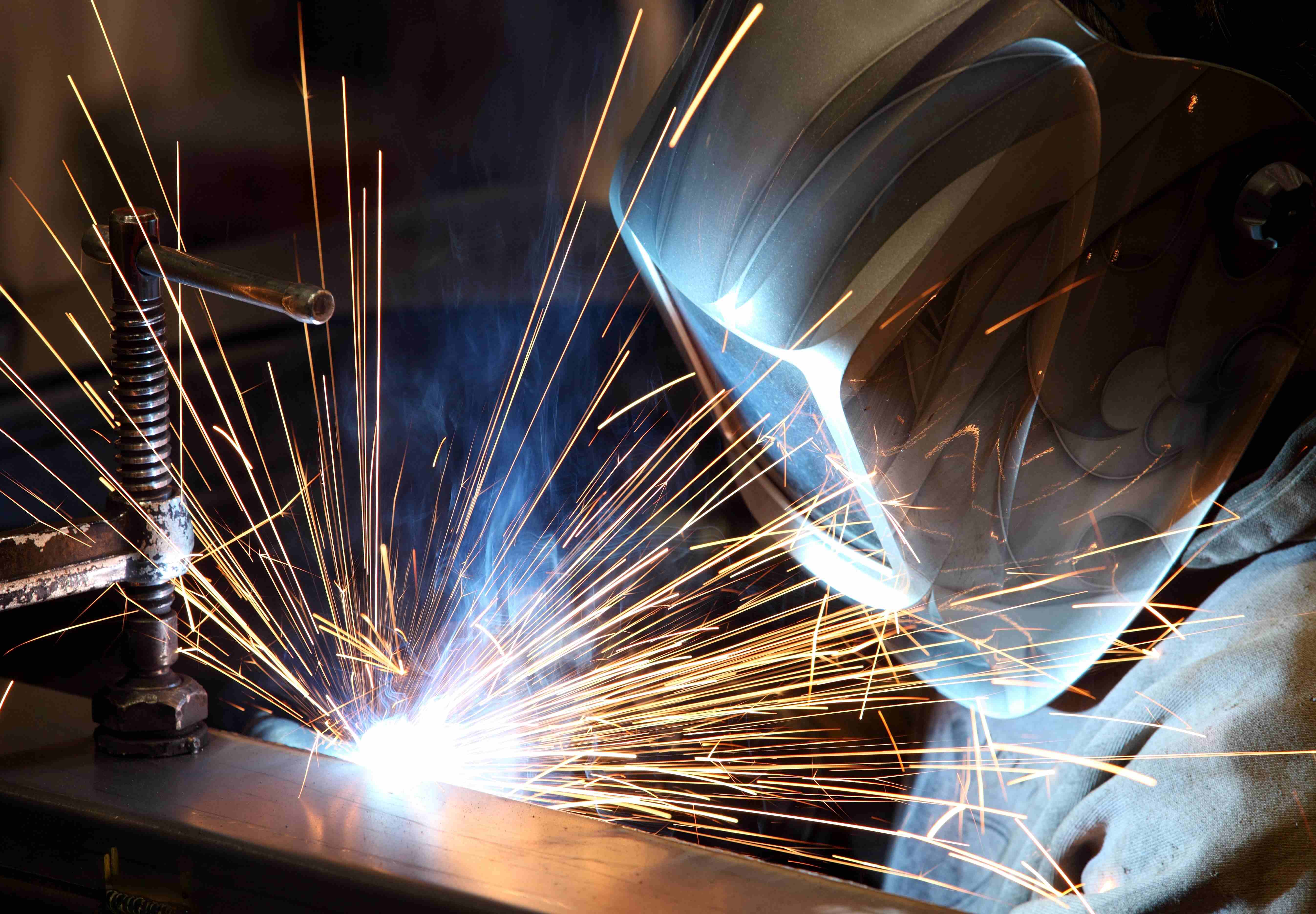
Tungsten Inert Gas Welding
TIG (Tungsten Inert Gas) and MIG (Metal Inert Gas) welding are two widely used techniques in the welding world, each with its own unique strengths. TIG welding employs a non-consumable tungsten electrode and a shielding gas to create precise, high-quality welds. It excels in applications where precision and control are paramount, making it ideal for thin materials and intricate joints.
On the other hand, MIG welding utilizes a consumable wire electrode fed through a welding gun, along with a shielding gas. This process is known for its speed and efficiency, making it a popular choice for high-production environments. MIG welding is versatile, suitable for a range of materials and thicknesses, making it widely used in automotive, construction, and fabrication industries.
Both TIG and MIG welding play crucial roles in metalworking, offering flexibility and reliability for a variety of applications. The choice between the two depends on factors such as material type, thickness, and the desired level of precision in the welding process.
